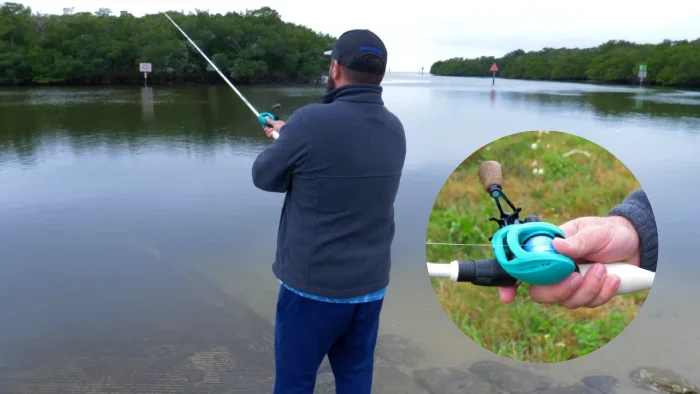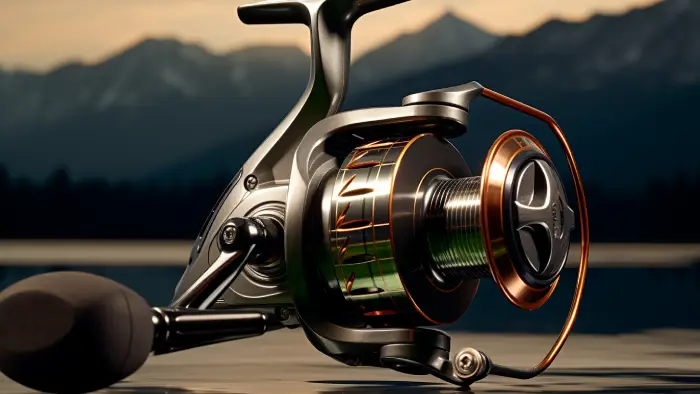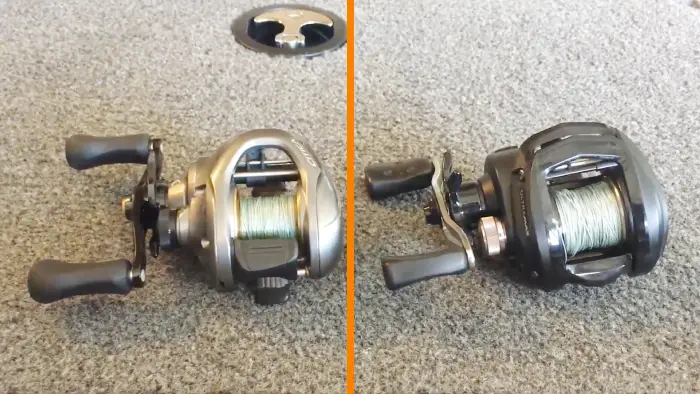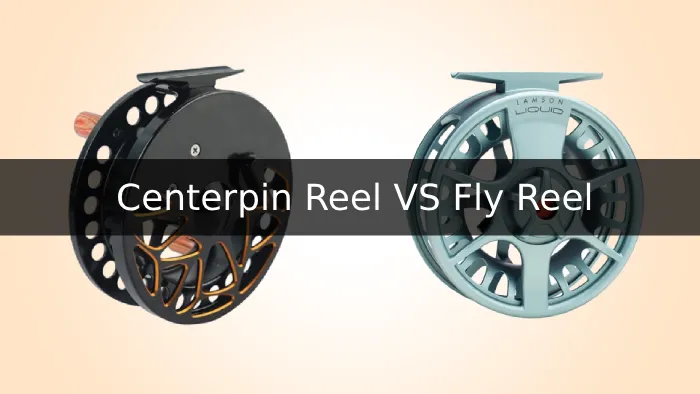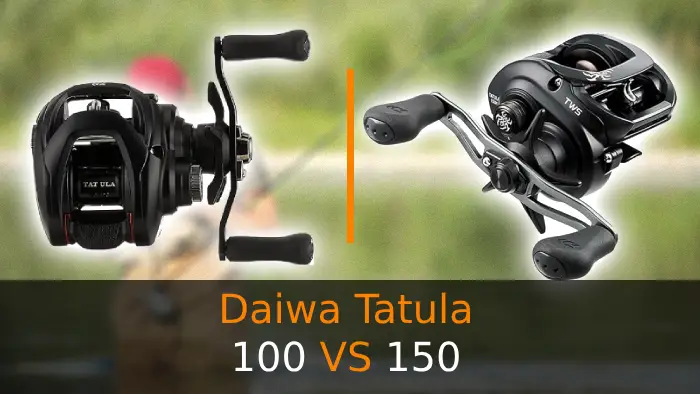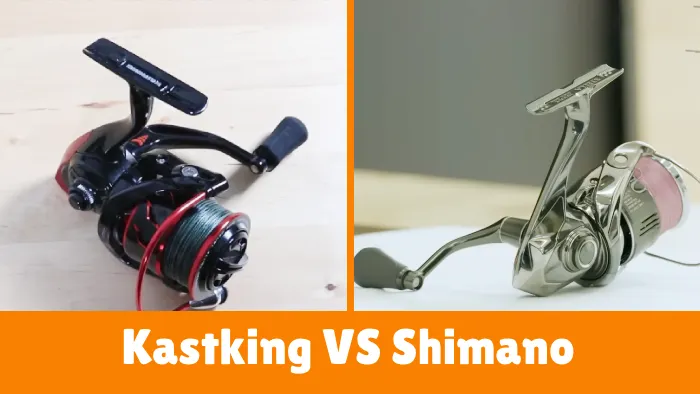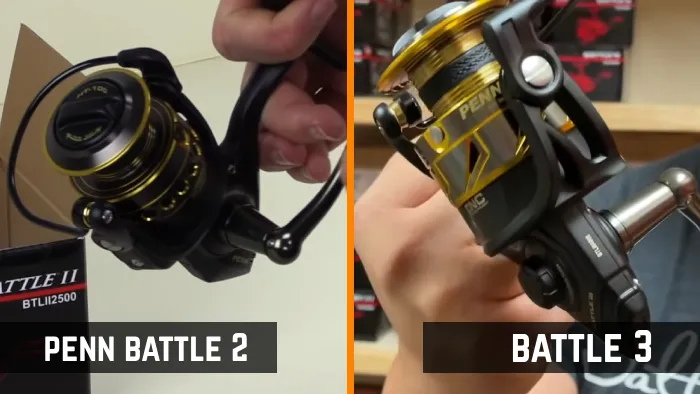Why Won’t My Baitcaster Cast Far: 10 Possible Reasons With Solutions
As an avid angler, there’s nothing more frustrating than a baitcaster that won’t cast far enough. No matter where you’re fishing or how far you’re casting, casting distance can make or break your day. But why won’t your baitcaster cast far? There are actually several reasons why you might be experiencing this issue
Inadequate spool tension and improper brake settings can affect casting distance. Also, using low-quality lines and mismatched rod and reel combo can also impact casting distance. Furthermore, wind conditions and incorrect lure weight can also hinder casting distance.
Today we will explore the possible reasons why your baitcaster won’t cast far and provide expert tips to increase your casting distance. From adjusting your reel settings to choosing the right rod action, we have the knowledge you need to cast and reach those elusive fish confidently. Let’s discuss.
Why Won’t My Baitcaster Cast Far: Possible Reasons
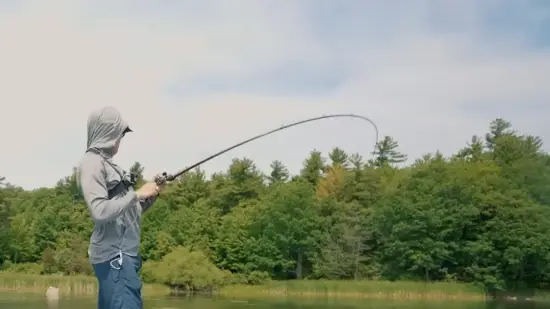
If you’re struggling to cast far with your bait caster, there are several possible reasons to consider.
- Inadequate spool tension
- Improper brake settings
- Inadequate line quality
- Incorrect rod and reel combo
- Inefficient casting technique
- Wind conditions
- Incorrect lure weight
- Improper reel maintenance
- Spool overfill
- Worn bearings or gears
For a proper understanding of why you are unable to cast a long distance, let’s discuss these reasons:
1. Inadequate Spool Tension
Inadequate spool tension can greatly affect the distance of your cast. If the spool tension is set too tight, it will restrict the line from releasing smoothly during the cast, resulting in shorter distances. Conversely, if the spool tension is too loose, you may experience backlash or bird’s nests, affecting your casting distance.
2. Improper Brake Settings
The brakes on a bait caster are designed to prevent backlash by slowing down the spool during the cast. However, if the brake settings are too high, they can slow down the spool too much, which limits the distance of your casts.
Alternatively, if the brake settings are too low, you may experience backlash, resulting in tangles and decreased casting distance.
3. Inadequate Line Quality
A low-quality or worn-out line can greatly limit your bait caster’s distance. When your line is of inadequate quality, it can cause numerous issues that affect your casting performance.
For instance, old or frayed lines may have reduced strength and can break easily when casting, causing your bait to fall short. Similarly, lines with memory tend to retain their shape, resulting in tangling and backlash during casting.
4. Incorrect Rod and Reel Combo
If your baitcaster isn’t casting far, it may be due to a mismatched rod and reel combo. The combination of your rod and reel should be well-suited to the type of lures and techniques you plan on using. A mismatched setup can significantly limit your casting distance and overall performance.
5. Inefficient Casting Technique
You may not be casting far with your baitcaster due to an inefficient technique. Baitcasters require a smooth and controlled casting motion to achieve maximum casting distance. If your casting technique is jerky or overly aggressive, it can lead to shorter casts.
One common mistake is applying too much force during the cast, causing the bait to lose momentum and fall short of the intended target.
6. Wind Conditions
Wind can greatly affect your casting distance, especially when casting into a strong headwind. When faced with windy conditions, you must modify your casting angle and power to overcome the resistance caused by the wind.
7. Incorrect Lure Weight
Using lures that are either too heavy or too light for your baitcaster can significantly impact its casting distance. When a lure is too heavy for your baitcaster, it can overload the rod and cause the line to come off the spool too slowly, resulting in a shorter cast.
On the other hand, using a lure that’s too light can cause the spool to spin faster than the lure can pull, leading to backlash and tangled lines.
8. Improper Reel Maintenance
Neglecting regular reel maintenance can significantly impact the casting distance of your baitcaster. A poorly maintained reel can accumulate dirt, debris, and old lubricants, causing it to become less efficient. Over time, this build-up can affect the smooth rotation of the spool, resulting in reduced casting performance.
9. Spool Overfill
If you have too much line on your spool, it can cause your baitcaster not to cast far. Overfilling the spool with the fishing line creates friction, hindering the line’s smooth flow. When the line doesn’t come off the spool smoothly, it can result in shorter casts.
10. Worn Bearings or Gears
Over time, the constant use and exposure to dirt and debris can cause the bearings or gears to wear down, reducing casting distance. Worn bearings can create friction, hindering the spool’s smooth rotation, while worn gears can affect the reel’s overall performance and power.
How Do You Increase Casting Distance With Your Baitcaster?
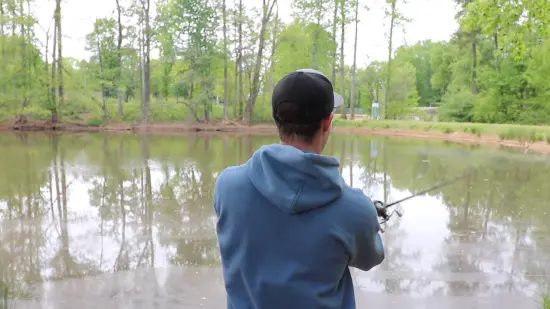
To maximize your casting distance with a baitcaster, several key points must be considered.
Choose the Proper Baitcaster Reel
Choose a baitcaster reel with a longer spool to increase your casting distance. A longer spool allows for more line capacity, so you can cast farther without worrying about running out of line. When you have more line on your spool, it creates a larger diameter, resulting in increased casting distance.
Opt for a reel with a high gear ratio, such as 7.1:1 or higher. A higher gear ratio means faster line retrieval, allowing you to reel in slack line after casting quickly. This is crucial for maximizing casting distance as it reduces the time the lure spends in the air, resulting in more distance covered with each cast.
Use the Right Fishing Line
A low-diameter, high-quality fishing line will help you increase your casting distance with your baitcaster. When choosing a fishing line for your baitcaster, consider using monofilament or fluorocarbon lines.
These lines are thinner than other fishing lines, which means they experience less air resistance during the cast. With less air resistance, your bait can travel through the air more efficiently, resulting in increased casting distance.
Adjust the Brakes and Tension
Increase the tension on your baitcaster’s spool by turning the adjustment knob clockwise to boost your casting distance. The spool tension adjustment is usually located on the side of the reel, near the handle.
By tightening the spool tension, you can reduce the amount of spool spin during the cast, which helps prevent backlash and allows you to cast further.
Start by loosening the adjustment knob and then make small adjustments while testing your casting distance. Remember that too much tension can also hinder your casting distance, so find the sweet spot where the spool spins freely but still maintains control.
Learn Proper Casting Technique
Mastering the proper casting technique is essential to increasing your casting distance with a baitcaster. To cast farther, practice different techniques such as the overhead, sidearm, and pitch cast.
Each technique has its advantages and can be used in different situations. The overhead cast is the most common and allows for longer casts, while the sidearm cast is useful when casting under low-hanging obstacles. The pitch cast is great for accuracy and short distances.
Also, mastering the thumb release is crucial. Timing your thumb release properly when casting prevents backlash and allows for a smoother release of line, resulting in increased distance.
Smooth Casting Motion
To achieve greater casting distance with your baitcaster, focus on developing a smooth casting motion. Avoid using excessive force, as it can hinder your casting distance. Instead, concentrate on a controlled and fluid motion.
Start by accelerating the rod tip smoothly during the cast. This gradual increase in speed will allow the line to unravel smoothly and reduce friction. As you reach the end of your cast, snap your wrist to generate additional speed and power. This quick wrist flick will add that extra push needed to propel your bait further.
Utilize Rod Selection
The right rod can significantly affect how far you can cast. When selecting a rod, consider the lure weight and line rating that it’s designed for. If you choose a rod that’s too stiff, it can limit the distance of your cast. A stiff rod requires more power to load and release the energy, resulting in shorter casts.
On the other hand, a rod that’s too limber may not have enough power to achieve the desired distance. Find the right balance between stiffness and flexibility to maximize your casting distance with a baitcaster.
Wind Direction Awareness
When casting into the wind, the air resistance can slow down and even stop your lure mid-air, reducing your overall distance. Pay attention to the wind direction and adjust your casting technique accordingly.
To combat this, you need to adjust your casting angle. Instead of casting directly into the wind, try casting at a slight angle in the direction of the wind. This will allow the wind to carry your lure further.
Consider the Lure
The weight and aerodynamics of your lure play a crucial role in determining how far you can cast. To increase your casting distance, choose heavier lures as they’ve more momentum and can be casted further.
Additionally, using lures specifically designed for casting purposes can greatly enhance your distance. These lures are optimized to be more aerodynamic, allowing them to cut through the air with less resistance.
Use a Longer Rod
To increase your casting distance with a baitcaster, try using a longer rod. Longer fishing rods offer several advantages that can help you cast farther.
Firstly, a longer rod increases leverage, allowing you to generate more power and speed during your cast. This increased power translates into greater distance.
Secondly, a longer rod enables you to make longer, smoother casts by extending your reach. With a longer rod, you can launch your bait or lure further into the water, reaching areas that were previously out of range.
Also, a longer rod can help you achieve a more accurate cast, as the increased length provides better control and allows for more precise adjustments.
Keep Your Reel Maintained
Regularly clean and lubricate your baitcaster reel to keep it operating smoothly and increase your casting distance. Over time, dirt, debris, and old lubricant can build up in your reel, causing friction and hindering its performance.
Begin by removing the side plate of your reel to access the inner components. Use a soft brush or toothbrush to remove any dirt or debris that may have accumulated gently.
Next, apply a few drops of reel oil or grease to the gears, bearings, and other moving parts to ensure smooth operation. Avoid over-lubricating, which can slow the reel down.
What makes you cast further?
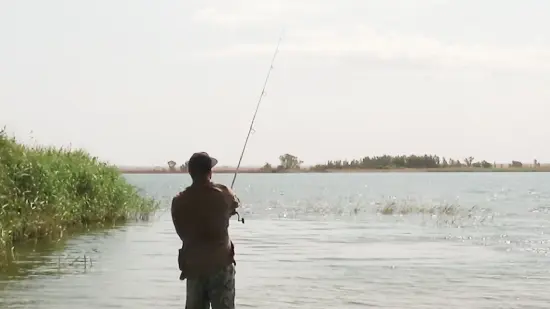
If you want to cast further with your bait caster, using a longer rod can significantly increase your casting distance. The length of the rod plays a crucial part in determining how far your lure can be cast.
Generally, a 7-foot rod will outperform a 6-foot rod when casting the same lure. This is because the longer rod allows for greater leverage and a larger swing radius, enabling you to generate more power and achieve a longer cast.
However, you should also consider the weight of your lure. If you’re using a lighter lure, such as a 1/8 ounce, a softer rod may be more manageable and allow for greater control during the cast.
What rod action is best for casting distance?
For greater casting distance while fly fishing in Virginia with your baitcaster, using a rod with a fast or extra-fast action is best. These types of rods are designed to be stiffer and more responsive, allowing for quicker energy transfer from the angler to the lure.
This increased speed and power result in longer casts, as the rod can generate greater line speed during casting. The fast or extra-fast action also helps mitigate any wind-related deviation, ensuring that your lure reaches its intended target precisely.
Unlock the Secret to Casting Your Baitcaster Farther by Finding the Root Cause
Several factors could be hindering your bait caster from casting far. It could be due to improper setup, lack of practice, or using the wrong line weight. By closely examining the various factors affecting casting distance, you can pinpoint the problem and fix it.
To increase your casting distance, adjust the settings on your reel, practice your casting technique, and consider using lighter lures. Remember, with a little patience and fine-tuning, you can cast your bait caster like a pro, sending your lure flying through the air with the grace of a soaring eagle.Cast confidently and you’ll catch those hard-to-catch fish.

